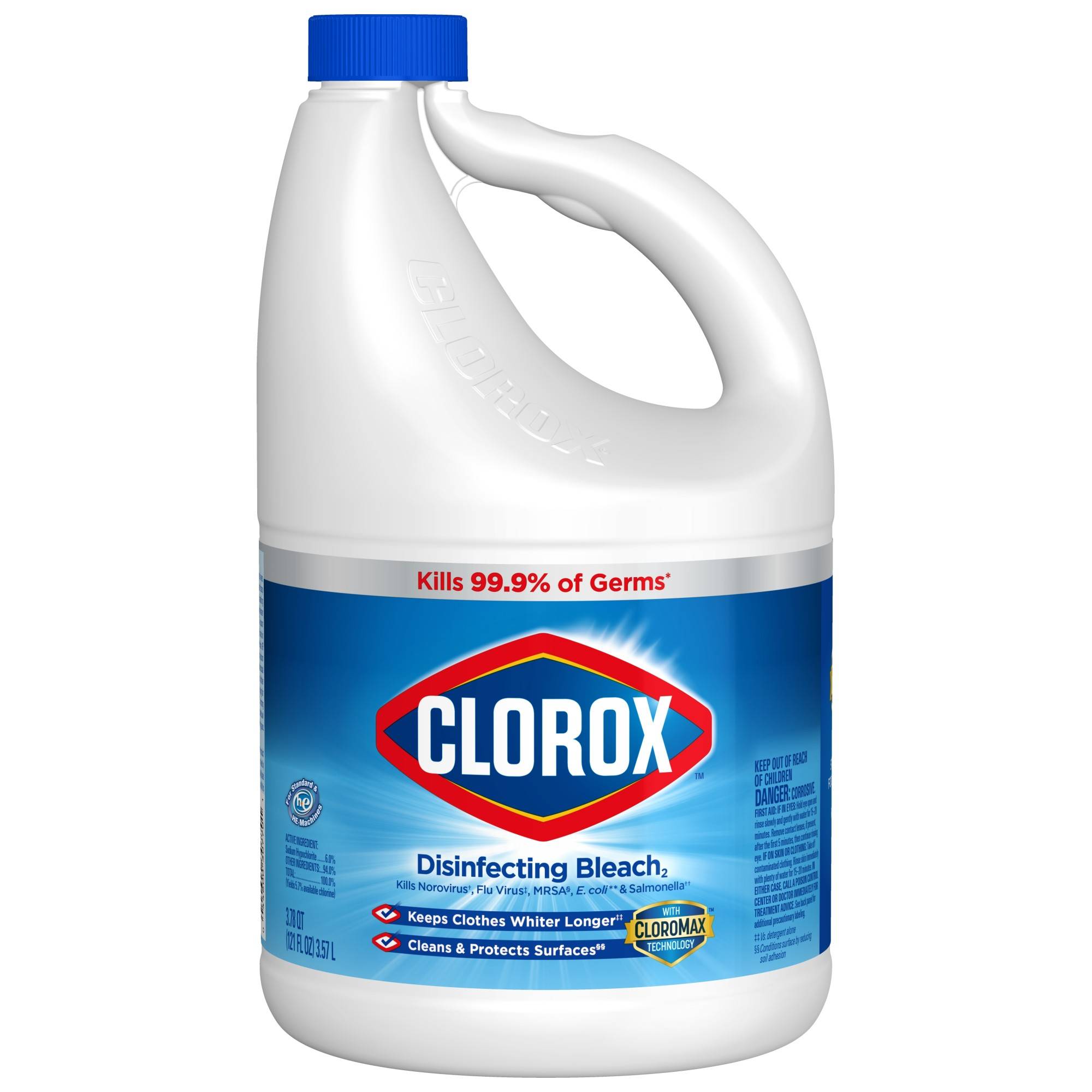

If you are not confident in your reading, you can pour the solution from the view tube back into the mixing bottle and then try filling the view tube again.Continue the test normally from step 2, but multiply the final result by two.Pour off half of the contents of the mixing bottle, so it is again filled to the lower mark.Continue filling the mixing bottle to the upper mark with tap water.Fill the mixing bottle to the lower mark with pool water.If your CYA level is 90 or higher, repeat the test adjusting the procedure as follows:.If the tube is not completely full, look at the scale on the side of the view tube.
#Does bluex cholorox have cya full#
If the view tube is completely full and the black dot is only partially obscured, your CYA level is above zero but lower than the lowest level your test kit can measure (20 or 30 ppm).If the view tube is completely full, and you can still see the black dot clearly, your CYA level is zero.Continue pouring until all traces of the black dot at the bottom of the view tube completely disappear, even after you stare at it for several seconds, or you fill the view tube.Looking down into the view tube, slowly pour the mixture from the mixing bottle into the view tube.If sunlight is not available, find the brightest artificial light you can. Stand outdoors with your back to the sun and hold the view tube at about waist level.

#Does bluex cholorox have cya free#
It helps to protect available Free Chlorine from the sun while also serving as a buffer to protect the swimmers from chlorine. So even with a 2 ppm FC per day chlorine usage, Trichlor would increase CYA by 36 ppm per month if there were no water dilution.Cyanuric Acid (CYA) is the chemical name for what is commonly referred to as Stabilizer or Conditioner. The use of bleach is closer to pH neutral so you want the TA lower to minimize the pH rise that comes from carbon dioxide outgassing which happens more at higher TA.Īs for CYA, it climbs fairly quickly because of the following facts about chlorine chemicals that are independent of concentration or of pool size:įor every 10 ppm Free Chlorine (FC) added by Trichlor, it also increases Cyanuric Acid (CYA) by 6 ppm.įor every 10 ppm FC added by Dichlor, it also increases CYA by 9 ppm.įor every 10 ppm FC added by Cal-Hypo, it also increases Calcium Hardness (CH) by at least 7 ppm. They think that a TA of 100 is really low because they normally sell Trichlor pucks/tabs and those are very acidic so one needs a higher TA, usually 120 if not more, to help prevent the pH from dropping too quickly. This post has links to other common household products that can be used instead of pool store products and show that the ingredients are what you want and aren't different or bad in any way. They also list sodium carbonate and sodium chlorate (breakdown by-product as bleach degrades), but the amounts are very small. chlorine), and sodium chloride salt, and then a small amount of sodium hydroxide and a very small amount of sodium polyacrylate. It's mostly water, then sodium hypochlorite (i.e. You should show them this link describing the contents of Clorox (concentrated) Regular Bleach. Clorox has absolutely NO Cyanuric Acid (CYA) in it nor does it increase CYA at all when you use it. Click to expand.They are completely wrong about this and are either intentionally deceiving (lying) or are woefully ignorant.


 0 kommentar(er)
0 kommentar(er)
